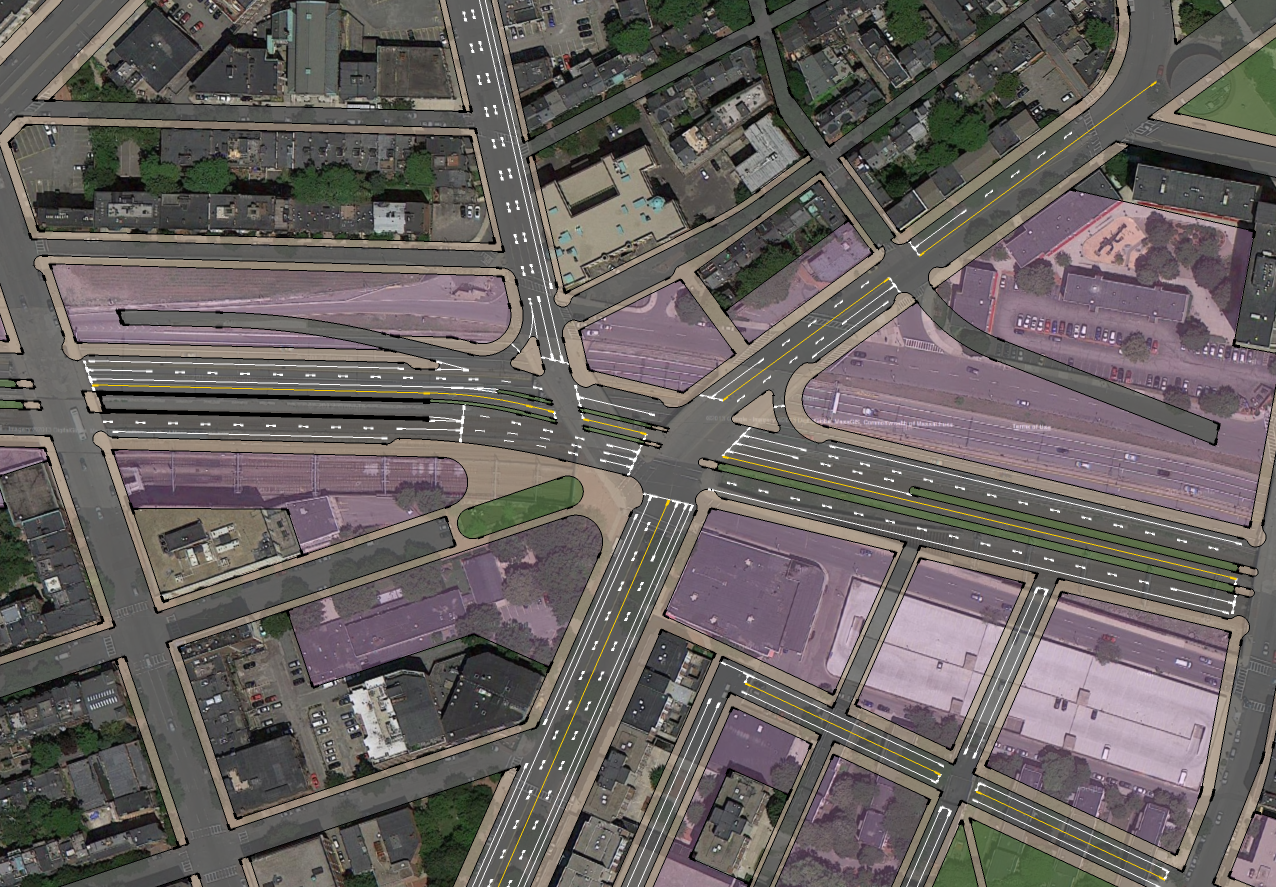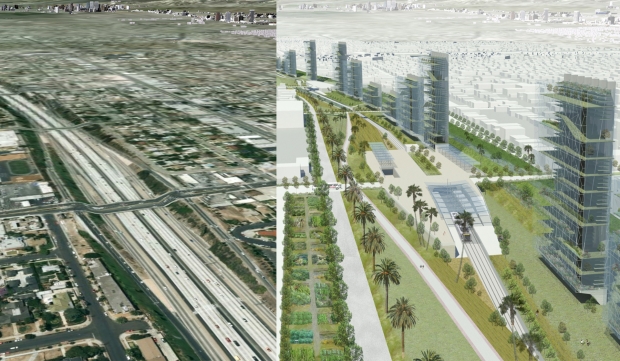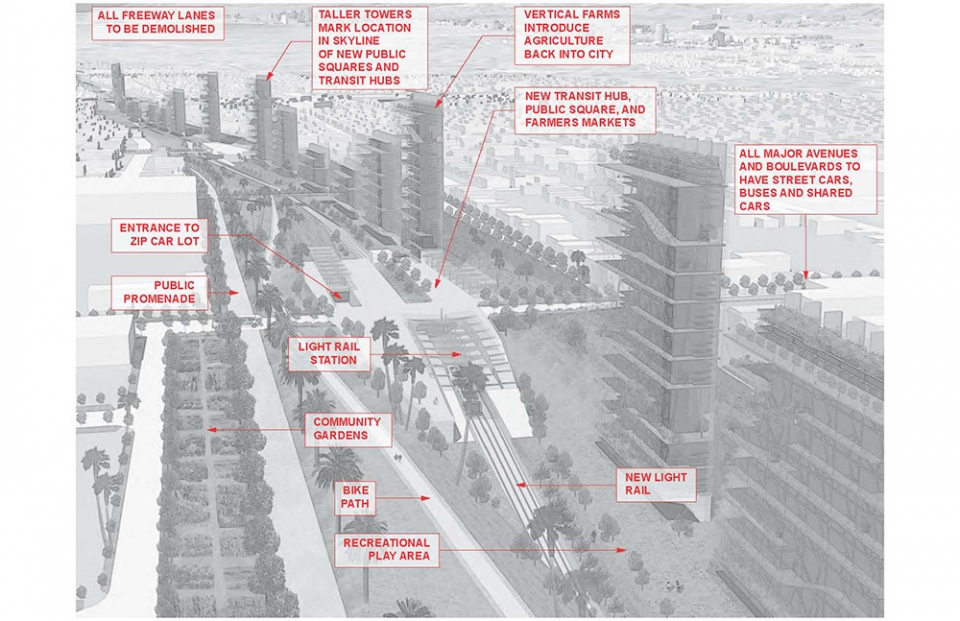- Joined
- Jan 22, 2012
- Messages
- 5,078
- Reaction score
- 1,661
It's rather easy to make social justice arguments for 'x', unfortunately it's also easy for other people make social justice arguments against the same 'x'
You might remember @davem's (I think it was Dave's at least) elaborate decking plan for this corridor. It was pretty awesome. Not sure if I can find it anymore.
You might remember @davem's (I think it was Dave's at least) elaborate decking plan for this corridor. It was pretty awesome. Not sure if I can find it anymore.




